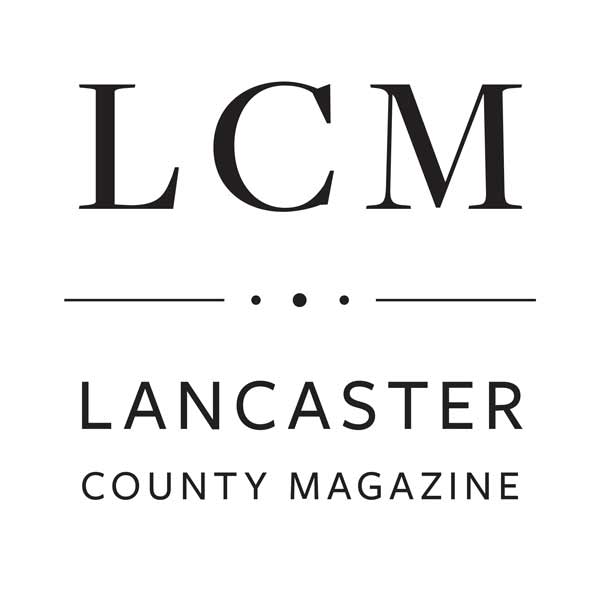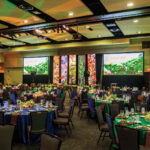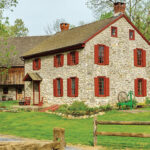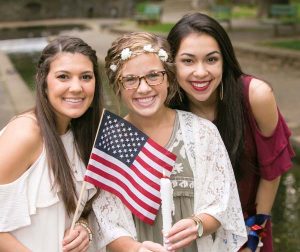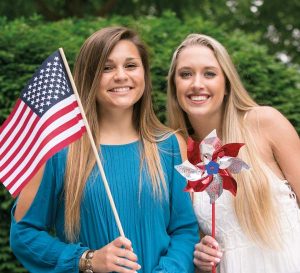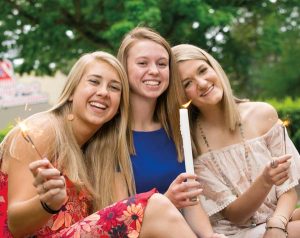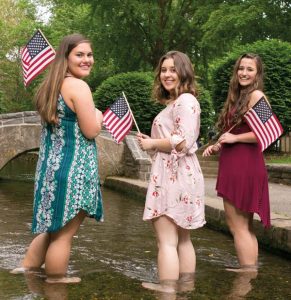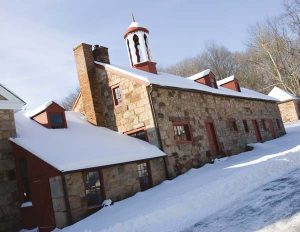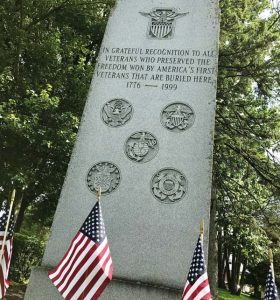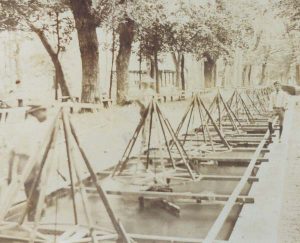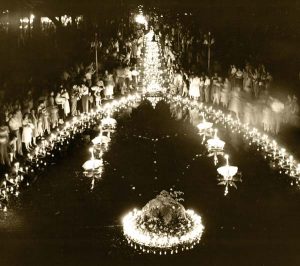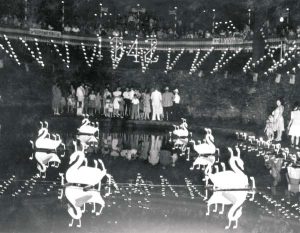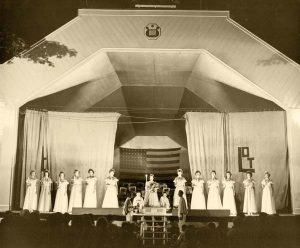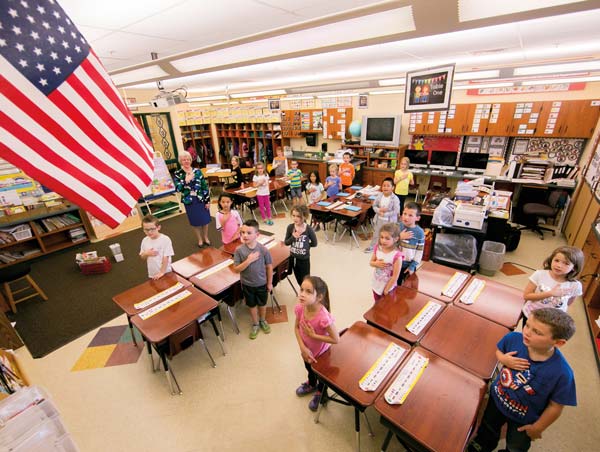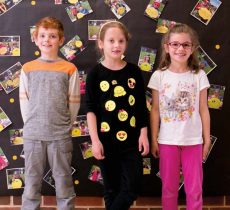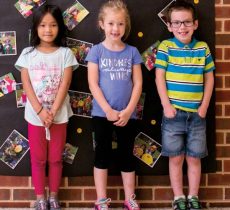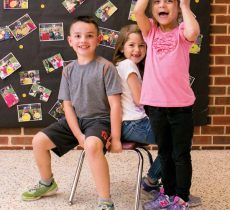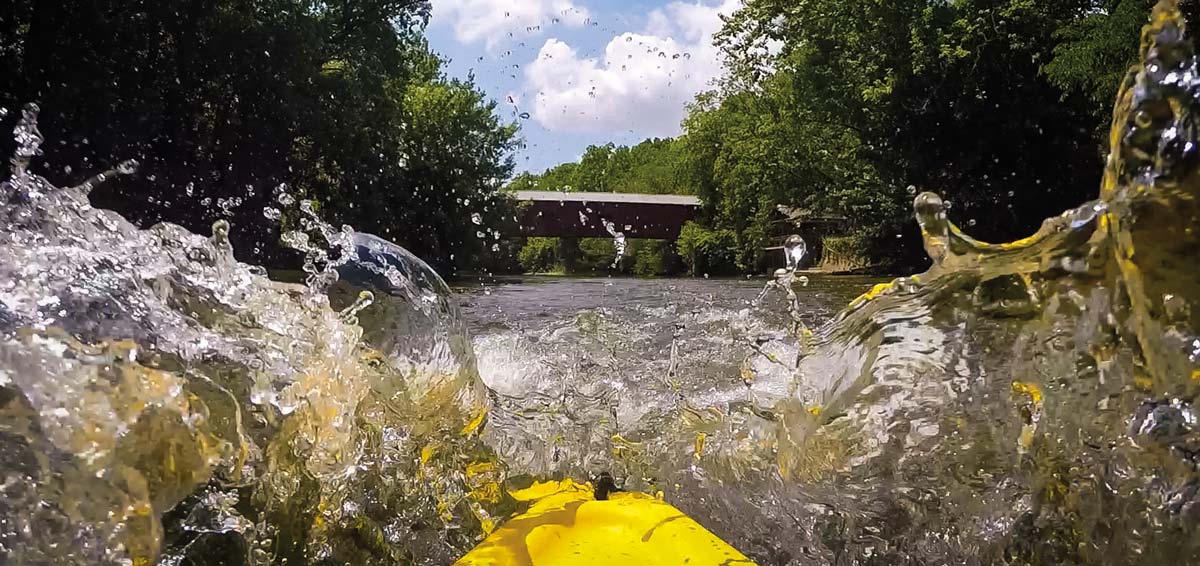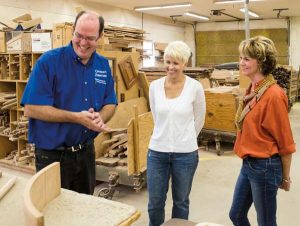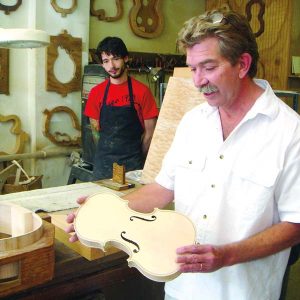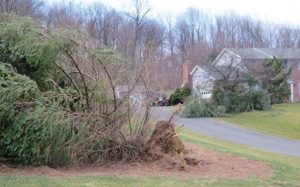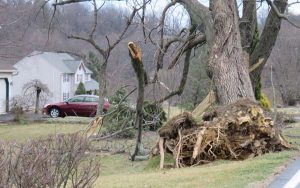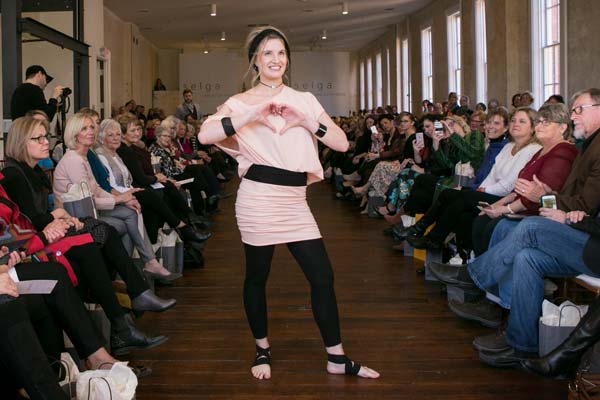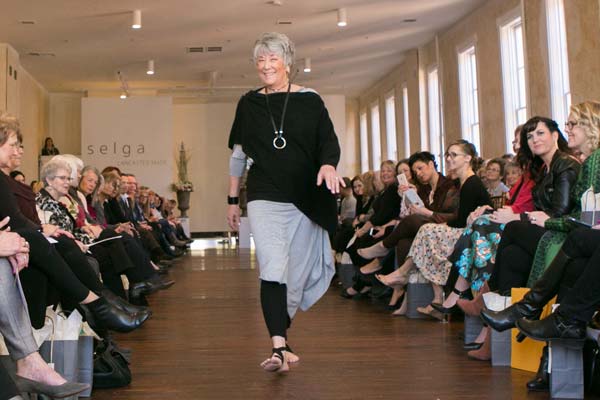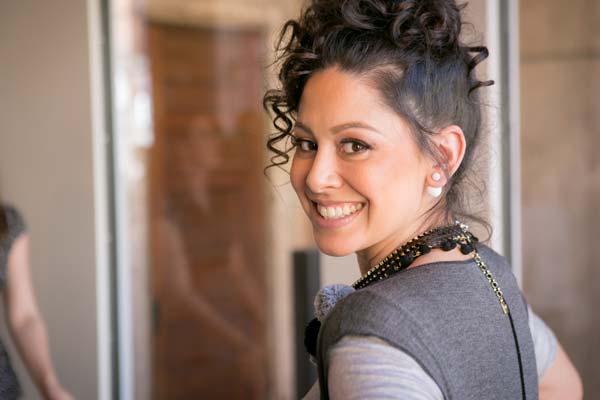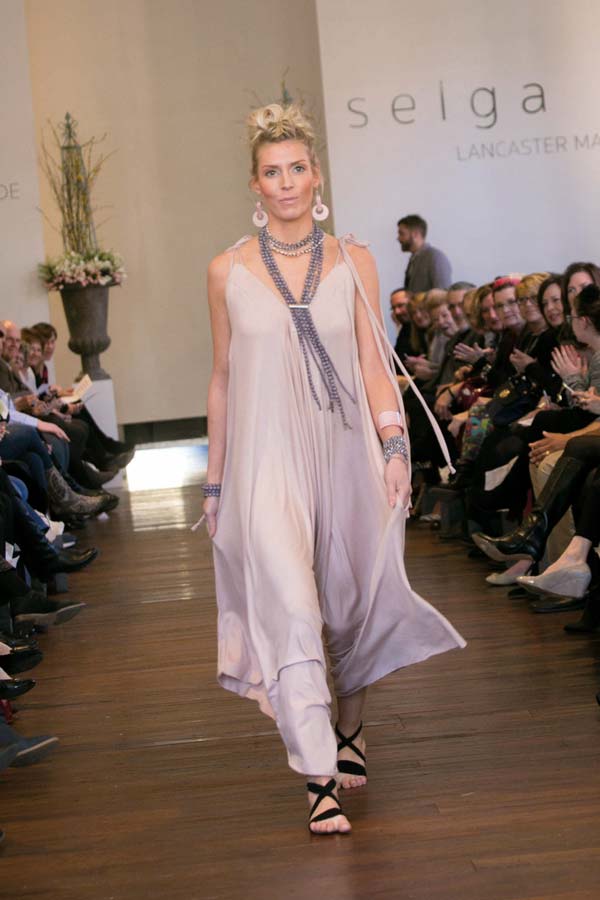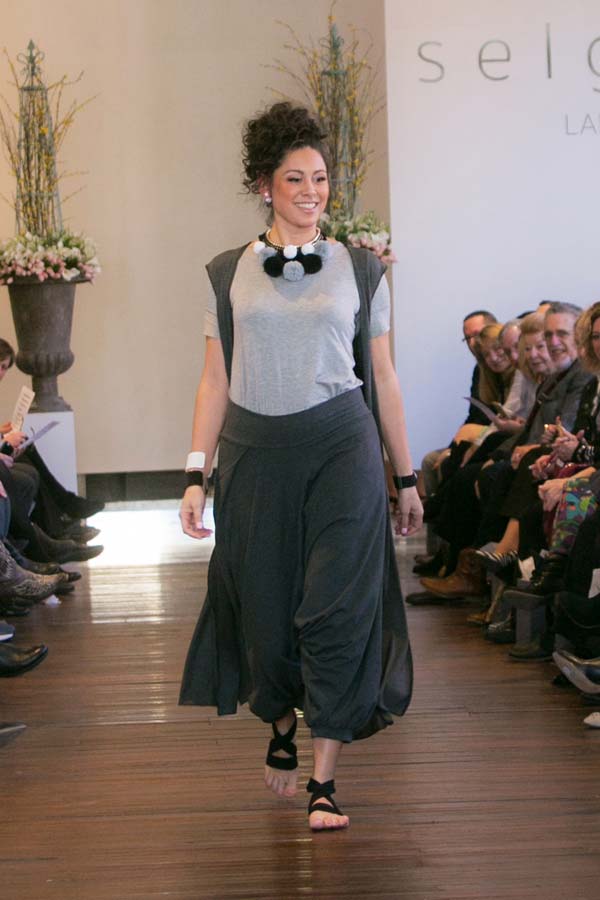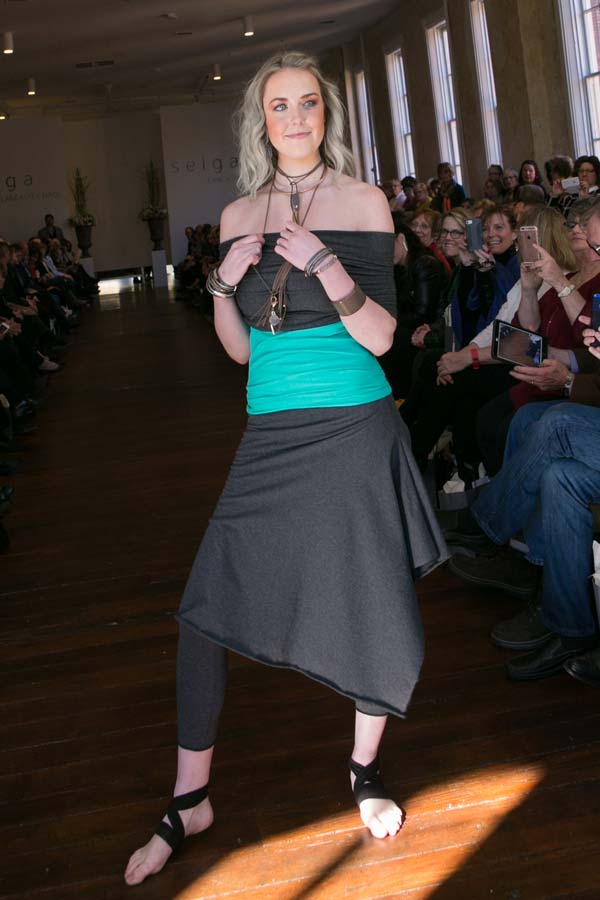We have all attended house parties that leave lasting impressions. An elegant dinner party held at the home of Edward and Barbara Carr, however, was momentous in that it will impact the lives of Lancaster’s disadvantaged inner-city youth through the Boys & Girls Club.
The Boys & Girls Club provides a safe haven for Lancaster County’s youngsters during those crucial hours between after school and early evening. In 2016, the 78-year-old organization provided 36,000 hot, nutritious meals, after-school and summer camp programs for more than 3,000 youth, and academic enrichment programs for 1,000. “For every hour a child spends in school, they spend two out of school, and these hours are absolutely vital in determining the course of a child’s life,” says Karen Schloer, Boys & Girls Club of Lancaster’s CEO. About 17,400 Lancaster County kids – one in four – leave school at the end of the day with no place to go.
Thanks to the Boys & Girls Club of Lancaster, those kids have a home away from home, offering adult mentors, help with homework, recreational sports, and nutritious meals at four locations: South Water Street, West Lemon Street, Washington Elementary School (all in the city), and Columbia Borough.
The Boys & Girls Club wants to make that five locations by adding a clubhouse at South Duke and Dauphin streets. Additionally, a strategic partnership between the Boys & Girls Club of Lancaster and the Cal Ripken, Sr. Foundation will provide for the construction of a neighboring state-of-the-art Youth Development athletic center.
The 65 guests at the Carrs’ gracious home were drawn there for much more than the raw bar, wine and sumptuous catered dinner. “The Boys & Girls Club’s mission is spectacular,” says Ed, who is a past board member of the organization. He and Barbara conceptualized the “Baseball and Diamonds” theme of the event, appropriately named as a nod to the baseball field that will be an integral part of the planned Youth Development Park. Each of the guests, who had made significant contributions to attend the event, was eligible to win one of two giveaways that further tied into the event: a custom-designed diamond necklace from Vanscoy Maurer & Bash or a collectible baseball autographed by Cal Ripken.
The late spring evening opened with cocktails, hors d’oeuvres and greetings among longtime friends as guests mingled on the terrace, overlooking an impeccably tended fairway of the Lancaster Country Club’s golf course. As a buffet dinner was served and guests cozied into their chosen dining spots throughout the library, family room, dining room and screened-in patio, all attentively paused for a video presentation that shared the ambitious, inspiring vision of the Boys & Girls Club to more directly bring its life-changing mission to the youth of southeastern Lancaster City.
“We wanted to do something unique and different for the Boys & Girls Club to reach new supporters for the organization,” explains Barbara, referring to their “house party” format. “We thought opening our house for the event would provide a more relaxed and personalized venue.”
And, it worked! Several guests requested additional information on the club, while others asked about volunteer opportunities. “We were happy to be able to introduce people to the project and raise both awareness and interest in all that the Boys & Girls Club currently does for our youth in Lancaster,” Ed adds. All in all, a grand slam for a terrific cause!
For more information about the Boys & Girls Club of Lancaster, visit bgclanc.org. For more information about the Cal Ripken, Sr. Foundation, visit ripkinfoundation.org.

